The Energy Performance Certification influences prices and demand The rating of homes can be improved through little renovation works Italian buildings are responsible for 35.9% of pollution produced in Italy, according to figures made known by the Ministry of Economic Development. The country ...
The Energy Performance Certification influences prices and demand
The Energy Performance Certification influences prices and demand
The rating of homes can be improved through little renovation works
Italian buildings are responsible for 35.9% of pollution produced in Italy, according to figures made known by the Ministry of Economic Development. The country accounts for 17.5% of carbon dioxide emissions deriving from domestic energy use in Europe, one of the highest percentages among the EU member states (Source: Eurima).
70% of buildings were built before 1976, when the first regulations on energy efficiency (Law n. 373) came into force. The good news is that household energy consumption can be considerably reduced by carrying out some little interventions, which are neither too much complex nor costly.
Today, in Italy, there are 32 million housing units that require a 32-billion-euro expense for energy use yearly. According to an analysis conducted by ENEA, the energy efficiency grade is comprised between A and C – C is the minimum standard for new constructions – only in 5-7% of homes which generally use 75 kWh/sq. m. per year, depending on the climatic zone and the characteristics of the building. Energy needs of a residential unit in Italy amount to 180 kWh/sq. m. per year: the highest figure in the EU. Spain and France follow with 160 kWh/sq.m. and 150 kWh/sq.m. respectively.
An F-rated single-family home that uses 110 kW/h per year is generally built using hollow bricks without double-glazing or insulation. The rating of the home can be improved to an E grade by replacing the old boiler with a new condensing boiler – that achieves a 98% thermal efficiency by using the waste heat in the flue gases to pre-heat the cold water entering the boiler – and by insulating surfaces. Condensing boilers require a higher investment but they allow a 20%-saving on bills. A D-grade 100-metre apartment can become a C-rated dwelling after a proper renovation and costs can be reduced from 540 to 392 euros on an yearly basis.
If improvements are made, the energy efficiency rating of the property can change, which would mean considerable cost savings per year. A reduction in energy use that allows an upgrading of the energy efficiency rating may cut household running costs by 25%. Energy savings may also reach 50% by installing high-tech appliances. A careful personalised analysis made by qualified technicians can lead to appropriate technological solutions that grant a quick return on investment: changing doors and windows can cut running costs by 10%; another 24% saving can be achieved by installing an exterior thermal insulation system. The insulation of the roofing allows a 12% saving.
The Energy Performance Certification is already influencing prices of real estate properties and may also encourage the demand.
Read also:
Related Insights
-
The Energy Performance Certification influences prices and demand
Real Estate Listings
For sale Farmhouse, Italy, Arezzo, Cavriglia, LOC.PIANALE 121
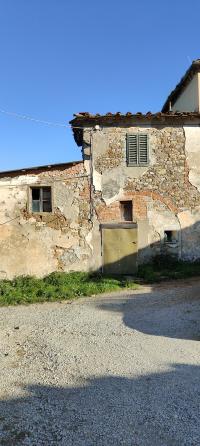
For sale
Farmhouse
500 m²
For sale 5+ Bedrooms, Italy, Campobasso, Mirabello Sannitico, Vico Stanziani

For sale
5+ Bedrooms
200 m²
For sale Farmhouse, Italy, Sassari, Palau, Località Multa D'Alascia - Capannaccia

For sale
Farmhouse
120 m²
For sale Farmhouse, Italy, Rimini, MISANO ADRIATICO, Via san giovanni 53

For sale
Farmhouse
380 m²
For sale 2 Bedrooms, Italy, Imperia, Sanremo, Via Padre Semeria, 208
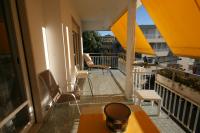
For sale
2 Bedrooms
67 m²
For sale House, Italy, Ancona, Cupramontana, via g. annibaldi
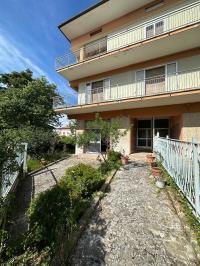
For sale
House
204 m²
For sale Farmhouse, Italy, Cuneo, Dogliani, borgata Pamparato 5
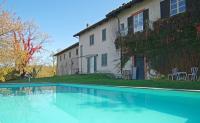
For sale
Farmhouse
1053 m²
For sale House, Italy, Carbonia Iglesias, Carbonia, Viale della libertà 36 Bacu Abis

For sale
House
73 m²
For sale 5+ Bedrooms, Italy, Venice, Teglio Veneto, Via Vittorio Veneto, 15

For sale
5+ Bedrooms
171 m²
For sale Villa, Italy, Olbia Tempio, Trinità d'Agultu, costa paradiso via la sarrera
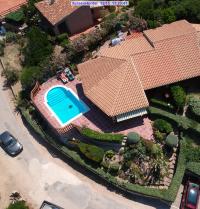
For sale
Villa
75 m²
